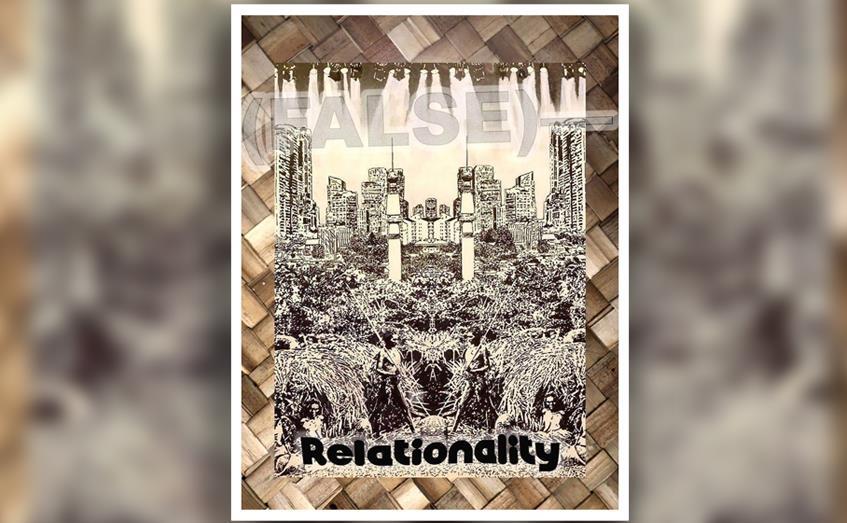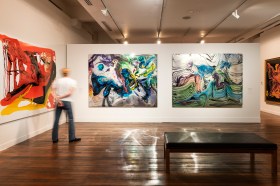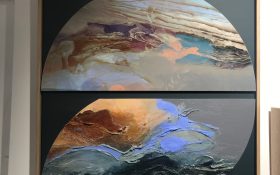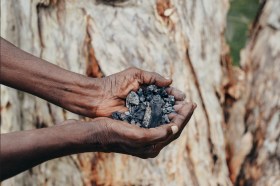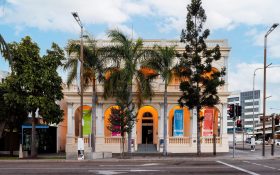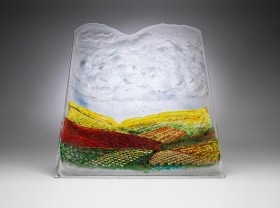When COVID hit in 2020, contemporary Indigenous curators Moorina Bonini (Yorta Yorta/Wurundjeri Woi-wurrung) and Tyson Campbell (Te Rarawa/Ngāti Maniapoto) were about to launch their exhibition Race, Discipline, Intent at Incinerator Gallery in the City of Moonee Valley.
A year later, after the pandemic-enforced pause, the exhibition has evolved and is now entitled (False)-Relationality and will showcase a number of culturally rich artistic voices.
‘The exhibition examines particular Indigenous ways of knowing, through artistic practices that span across visual arts, video, performance, poetry, and writing, and the intersections of that way of knowing with both Country and Whenua,’ said Incinerator Gallery’s art curator, Jake Treacy.
Curator Tyson Campbell said the exhibition aims to decentralise the usual academic approach common in the art world.
‘Moving past the extractivist industry lurking within knowledge brokership, a foundational pillar of western academia, this exhibition foregrounds relationality as a key driver for an Indigenous mode of exhibition making,’ he said.
‘(False)-Relationality looks to centre local and diasporic Indigenous ways of knowing. However, how does value and our relational accountability change, when a bad track extends the olive branch?’
Treacy says part of being accountable is acknowledging historical sequences of exclusion and injustice within colonial spaces, and within the arts at places such as museums and galleries.
‘The extension of the olive branch must not only be a mere gesture of institutional inclusivity, but a whole-hearted action that embodies de-colonisation and re-Indigenisation,’ they said. ‘The olive branch then becomes a guiding device to shift trajectory from a historic/perpetual bad track,’ they said.
While video works are a predominant focus of the exhibition, the exhibition also includes poetic performances, as well as a yarning circle with emergent First Nations writers, in place of the traditional artist talk.
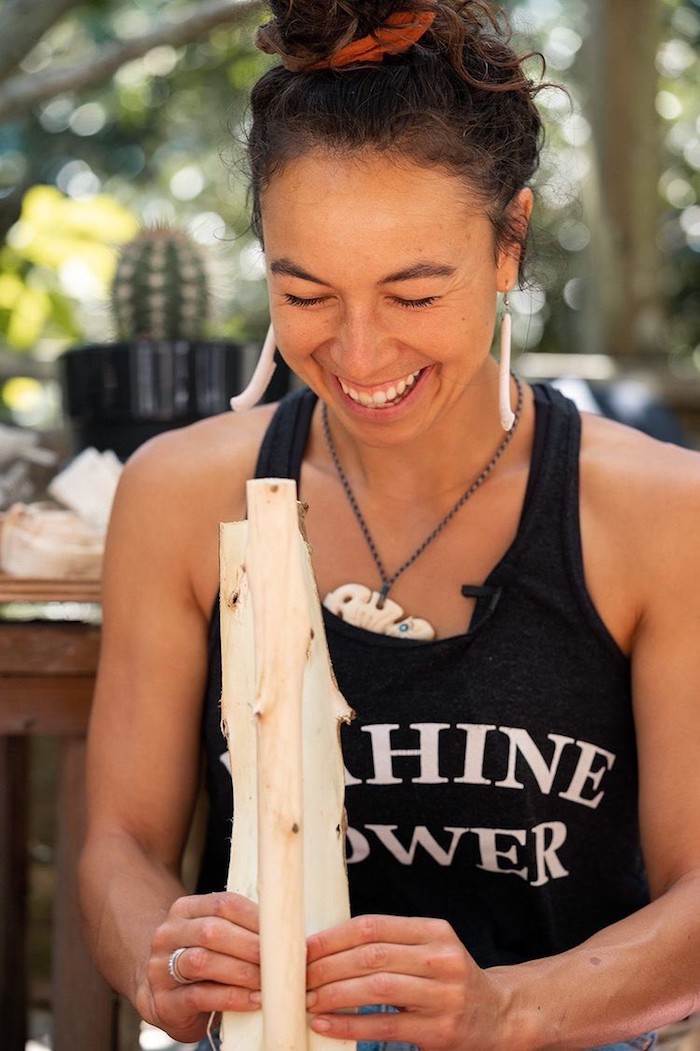
A still from Nikau Hindin’s documentary. Image credit: Nikau Hindin. Videography and production:Seb Charles.
Jenna Rain Warwick, an emerging artist, writer and curator explores the transactional relationship of power and the multiple threads that exist outside of formed definition and English language within her writing and will contribute an essay to the PDF publication for the exhibition.
Wiradjuri/Kamilaroi Artist Sam Harrison explores the validity of the contemporary urban Indigenous voice – and in particular, how this urban voice has been perceived as “less valid” than an Indigenous voice with a more “traditional” life experience.
The construction and presentation of identity is also acknowledged in some of the works, Treacy said.
‘I’ve had conversations with the curators, Tyson and Moorina, and we’ve talked about the problematics of the performativity of Indigenous identity within art institutions,’ they said. ‘Not just specifically within an Australian context for Aboriginal and Torres Strait Islander People, but global Indigeneity too. These are critical conversations about how identity becomes a performative commodity within some art institutions, and how they can quickly become quotas to tick.’
Connecting CALD artists through COVID
Forming part of Incinerator Gallery’s annual program, (False)-Relationality reflects the Gallery’s commitment to engaging with First Nations creative practitioners alongside culturally and linguistically diverse artists, in order to form long-standing relationships in exhibition-making.
The program focuses on amplifying Indigenous curatorial and artistic voices, centring Indigenous sovereignty in storytelling and art making and providing mentoring for participating artists, as was the case with (False)-Relationality.
Treacy said: ‘The Gallery has been working with Tyson and Moorina since 2019 and they’ve been working with their artists to altogether create more spherical ways of upskilling – to share experiences and knowledge to foster more of a mentorship, so that these artists have more of an insider look at how Incinerator Gallery works. From there, how they can consider how to best direct their creative practices into future curational relationships and exhibition making through self-determination.’
It was particularly important for artists to connect during COVID, Treacy said.
‘One of my immediate realisations moving ahead through our COVID lockdown period was trying to keep meaningful connection with communities through cultural engagement,’ they explained.
The gallery did this by moving exhibitions into virtual spaces and conducting artist talks, workshops and seminars online. Despite this, Treacy stressed the importance of connecting directly with artworks in a physical space.
‘Direct connection with an art object can be a really important conduit for a lot of artists who communicate through materiality. It embodies storytelling, culture and language, and is also about sharing space – as a meeting place of many experiences. So moving into virtual realms was quite a challenge to ensure that there was that connection,’ they said.
‘I found it really difficult to hear a lot of government bodies say that we must keep socially distant. Isn’t it that we need to keep a physical distance, but moreso than ever, we need to be most socially connected?’
(False)-Relationality is showing at Incinerator Gallery, Aberfeldie (VIC) from 9- April – 6 June 2021.
Join the curators and artists of (False)-Relationality for an in-person yarning circle at Incinerator Gallery on Saturday, 17 April, from 1pm. Critical dialogue and thoughts will be exchanged between each other as we discuss and critique the foundational ideas that drive the show.
